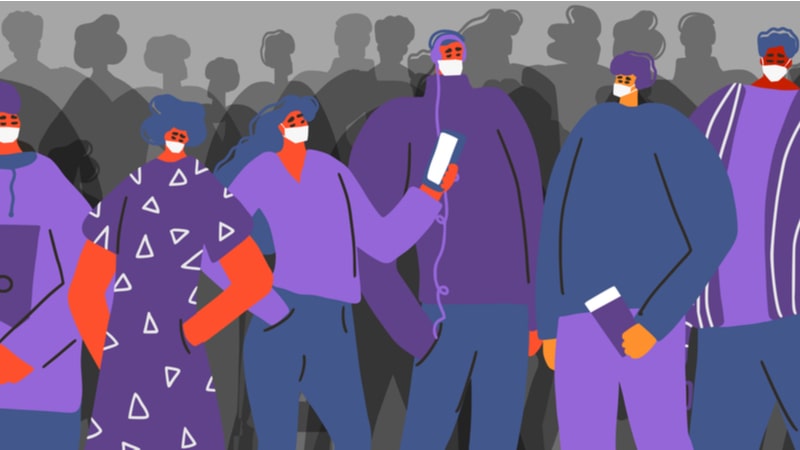
Two public health experts testified that contact tracing and other data collection are vital to the U.S. COVID-19 response during a May 6 hearing by the House Committee on Appropriations Subcommittee on the Departments of Labor, Health and Human Services, Education, and Related Agencies.
“Data is a very powerful weapon against this virus,” Tom Frieden, former head of the Centers for Disease Control and Prevention who led the U.S. response to the Ebola virus, said. “Real-time monitoring of trends, finding cases before they become clusters, clusters before they become outbreaks, outbreaks before they become explosive epidemics that risk the lives of healthcare workers and others.”
With this data, Frieden said that the country can begin its shift to a “box-it-in” strategy against the coronavirus. The strategy outlines four cornerstones of the COVID-19 response that each rely on data collection: testing widely for the virus, isolating positive cases, using contact tracing to warn people, and quarantining contacts to make sure that the virus stops at each individual.
“We’ll be able to open as soon and safely as possible by basing decisions on data and creating together a new normal,” Frieden asserted.
Caitlin Rivers, senior scholar at the Johns Hopkins Center for Health Security, reiterated the value of contact tracing and data collection. “It’s also a key source of data that we badly need. We currently have very little understanding about where people are getting infected,” she said.
While there is an understanding that places such as long-term care and correctional facilities face expediated spread, Rivers said that more data could improve specific statistics. A better understanding of these statistics would guide interventions to stop the spread of the virus, she asserted.
“I think we should be prioritizing data collection … Progress has been made just in the past week on that,” Rivers said. “Next, we should be sure that that data gets reported and analyzed.”
In his opening remarks, Ranking Member Rep. Tom Cole, R-Okla., added that data at the local level would also inform the unique reopening plans that each state will have to develop as they transition away from stay-at-home orders.
“Just as there are 50 separate and unique states, there may be well 50 different approaches to reopen that carry the same spirit of caution and decision-making based on sound data,” he said.
